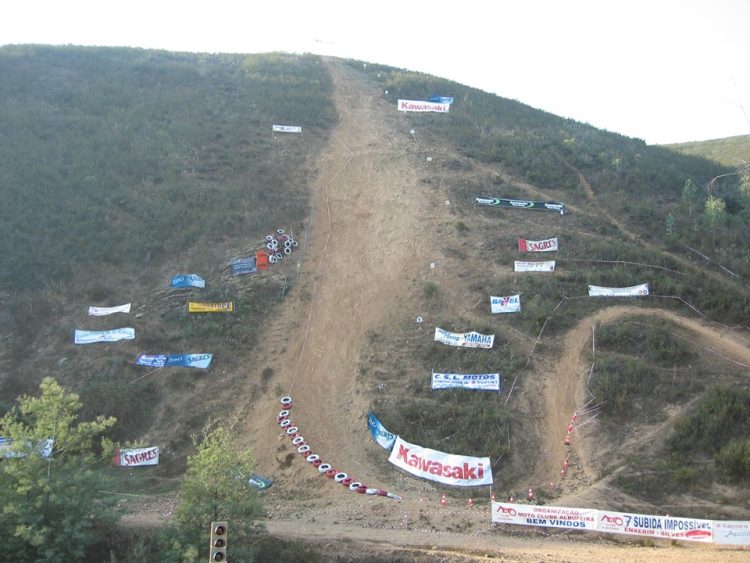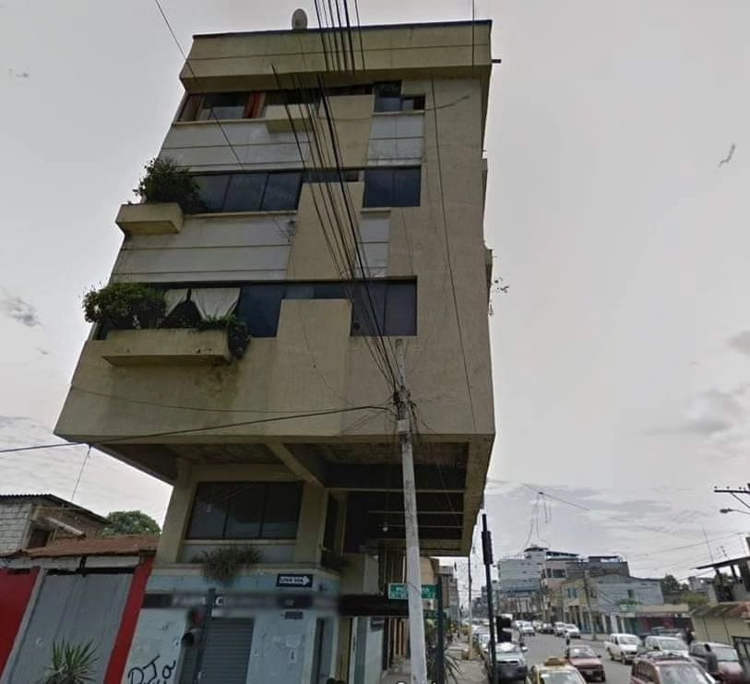Eco-pioneer Richard “Rishi” Sowa designed and built an artificial island kept afloat by 100,000 plastic bottles.
Spiral Island II is actually Rishi Sowa’s second artificial island. He built the first one in 1998, near Puerto Aventuras, using 250,000 plastic bottles to keep it afloat. Sadly, his recycled island was destroyed in 2005, when Hurricane Emily passed through the area. Most of Spiral Island was washed up on the beach, but Sowa decided to build a whole new island, in a safer area.
And that’s how Spiral Island II came to be. With the help of volunteers, Rishi Sowa gathered around 100,000 plastic bottles and hand-built his second recycled island, in a lagoon that offers protection from bad weather. The new island features a house, beaches, 2 ponds and a solar-powered waterfall, but its creator says Spiral Island II is and always will be an eco-work-in-progress. Although smaller than its predecessor (only 20 meters in diameter), you can expect the new Spiral Island to increase in size, significantly.
One of the most impressive DIY projects ever attempted, Spiral Island has inspired volunteers to come to Mexico and help Rishi Sowa improve his creation. But while some believe it a perfect environmental design, built entirely of recycled materials, there is some controversy surrounding Spiral Island. There are those who believe that if the island gets destroyed by a hurricane, again, the materials used to build it (mainly plastic bottles, sand, mangrove plants) will litter the waters of the Atlantic.
 Read More »
Read More »





















